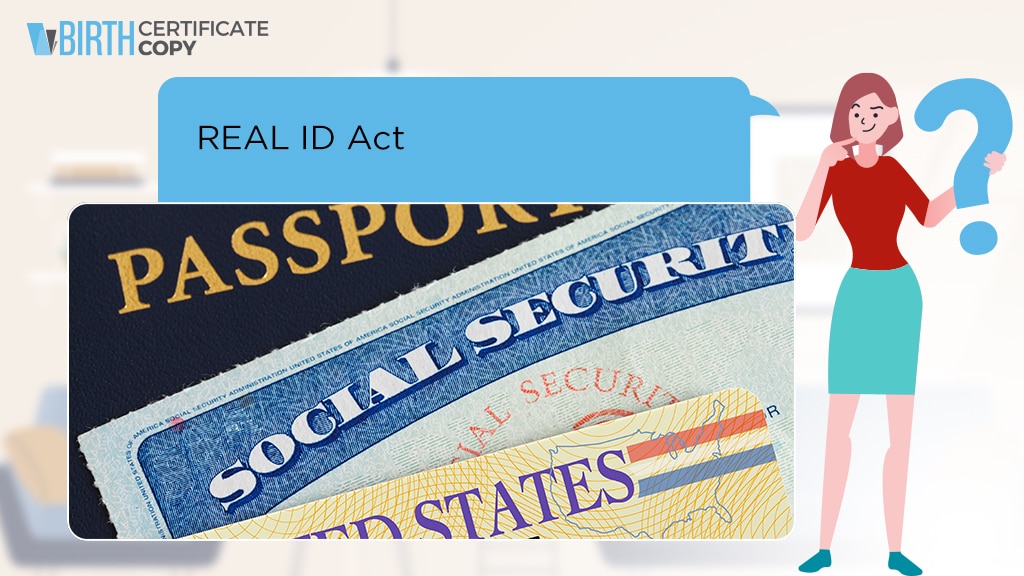REAL ID Act
The REAL ID Act, passed in 2005, establishes federal security standards for the state-issuing of driver’s licenses and ID cards. The act was created to help eliminated airline terrorism and reduce the risk of future tragedies like those of September 11, 2001.
Previously, every state had its own rules and requirements for proof of ID when applying for a driver’s license or state ID card. The REAL ID mandates specific standards that every state must adhere to, at a minimum. If a state does not comply, their IDs will not be acceptable for use at airports or federal facilities.
Now, every Department of Motor Vehicles (DMV) or other states licensing agency must see specific documents before they can issue a driver’s license or ID card, including:
- Proof of identity
- Proof of citizenship
- Proof of Social Security number
- Proof residency (2 different documents required)
Some documents can serve multiple purposes. For example, you can use a certified copy of your birth certificate to prove both your identity and citizenship.
The REAL ID Act will officially go into effect on October 1st, 2021. Starting on this date, you must have REAL ID-compliant identification to board a commercial airplane, enter a federal facility, or access a nuclear power plant.
Every state is already REAL ID compliant, so if you need an updated REAL ID, you can get one in your state. However, you may already have one. Nearly all REAL IDs have a black or gold star on the front of the license. Keep in mind, also, that U.S. passports are already REAL ID compliant.
Check out these article for more information: Real ID requirements and Real ID compliant states

